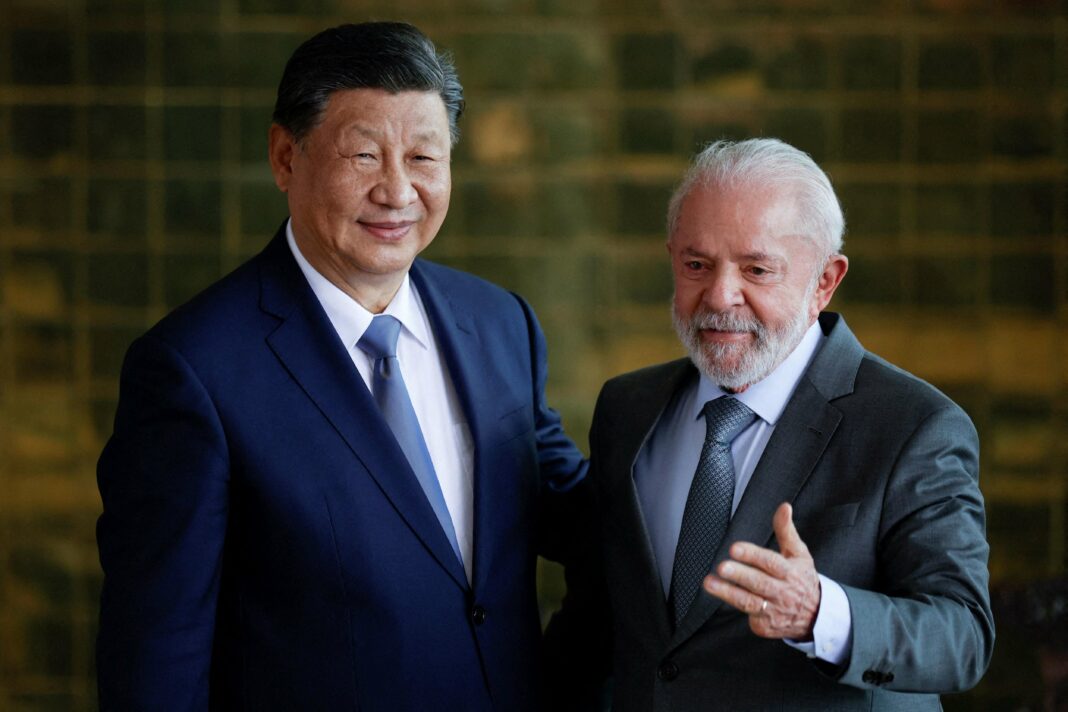Donald Trump’s unpredictable policies towards Latin America, including threats of tariffs and aggressive trade tactics, are reshaping regional economic dynamics. Caribbean and Central American economies remain heavily dependent on the U.S., while South America diversifies toward China and Middle Eastern investments. Amid these shifts, Latin America presents growth opportunities, with Brazil showing resilience and attracting significant foreign investment. Europe’s established ties may allow it to benefit from this changing landscape, especially with the potential ratification of the EU-Mercosur agreement.
Trump’s Impact on Latin America’s Trade Dynamics
Donald Trump’s approach to Latin America has been marked by a series of unexpected and aggressive actions. His administration has expressed intentions to reclaim the Panama Canal, threatened Mexico with hefty import tariffs of 25 percent, and indicated that if Colombia fails to repatriate migrants, he would impose tariffs and entry bans on Colombians.
This pattern is likely to persist, with Trump’s discontent toward Latin America anticipated to rise further. Key developments such as the upcoming BRICS summit in Brazil, the increasing adoption of the yuan in South American trade with China, and negotiations between Mercosur and China for a free trade agreement could drive this tension.
Regional Economic Dependencies and Shifts
It is crucial to contextualize Trump’s unpredictability within the regional economic landscape. The economies of the Caribbean, Central America, and Mexico are heavily reliant on U.S. policies, with approximately 80 percent of Mexico’s exports directed toward the United States. Moreover, remittances from the 37 million Mexicans residing in the U.S. play a vital role, accounting for about 4.5 percent of Mexico’s economic strength.
Conversely, South America’s dependency on the U.S. is considerably lower. Commodity-rich nations like Argentina, Brazil, Chile, and Peru have diversified their trade relationships, relying less on the North American market. The remittances sent back home by South Americans in the U.S. are negligible in comparison to their Central American counterparts.
With the changing global landscape, South America is increasingly exploring new trading partnerships. During Trump’s first term, South American economies benefitted from a surge in exports to China, filling the gap left by declining U.S. exports due to sanctions. However, the current economic climate in China may not support a similar trend, as its stagnation could limit import growth in ores, metals, and agricultural goods.
The uncertainties stemming from Washington’s stance will likely encourage Latin American governments to strengthen ties with alternative trading partners, with China poised to gain the most from this shift. Beijing has made significant strides in South America by extending loans to Argentina and engaging with previously resistant leaders like Javier Milei. Additionally, China has opened one of the continent’s largest ports in Chancay, facilitating easier export routes to Asia.
Investment from Middle Eastern nations such as Saudi Arabia, Qatar, and the UAE in South American infrastructure, agriculture, and renewable energy is also on the rise, albeit at a smaller scale compared to China. Brazil’s trade with countries like Egypt and Iran is showing promising growth, highlighting a broader trend of diversification in trade partnerships.
In a world leaning towards protectionism, Latin America is emerging as a more appealing economic ally. Despite the challenges posed by Trump’s policies in Mexico and Central America, the region is projected to experience stable growth, with estimates suggesting a 2.2 percent increase this year according to JP Morgan. Argentina, under President Javier Milei, may see a significant growth leap of 5.5 percent, while Colombia and Ecuador are also expected to outperform previous years.
Brazil, in particular, has demonstrated unexpected economic resilience. This stability is crucial for the overall health of South America, as Brazil accounts for roughly half of the continent’s economic output. With a growth rate of nearly 4 percent in 2024 and forecasts of 2 percent growth for this year, Brazil is attracting foreign investment at an impressive rate. In 2024, it garnered approximately $71 billion in foreign direct investment, marking a 14 percent increase from the previous year.
Opportunities for Europe in a Changing Landscape
These developments present a substantial opportunity for Europe, which can benefit from Latin America’s rich resources, conventional and renewable energy potential, and a sizable market of 660 million people. As trade dynamics shift due to declining markets in the Far East and North America, Europe stands to gain from its established relationships with Latin America.
The potential ratification of the EU-Mercosur agreement may have improved under Trump’s administration, despite the ongoing political uncertainties that could still impede this economic partnership. Trump’s aggressive policies could pave the way for Europe to strengthen its presence in the region, positioning itself as a reliable, long-term partner. This may represent a critical opportunity for Europe to solidify its foothold in Latin America amid shifting global trade patterns.
